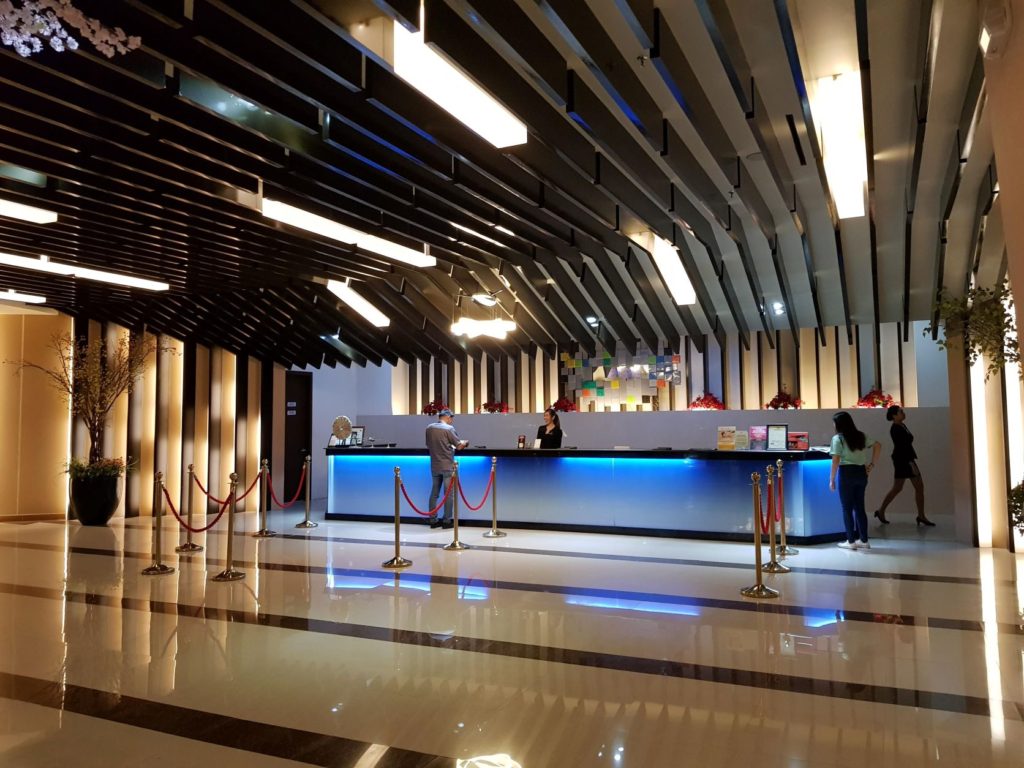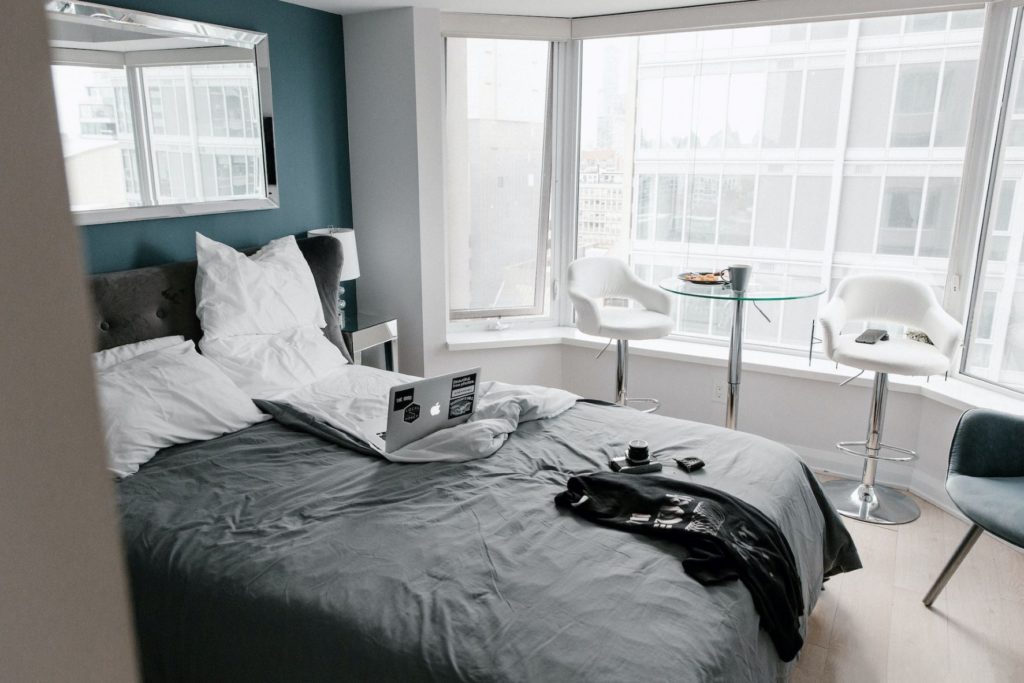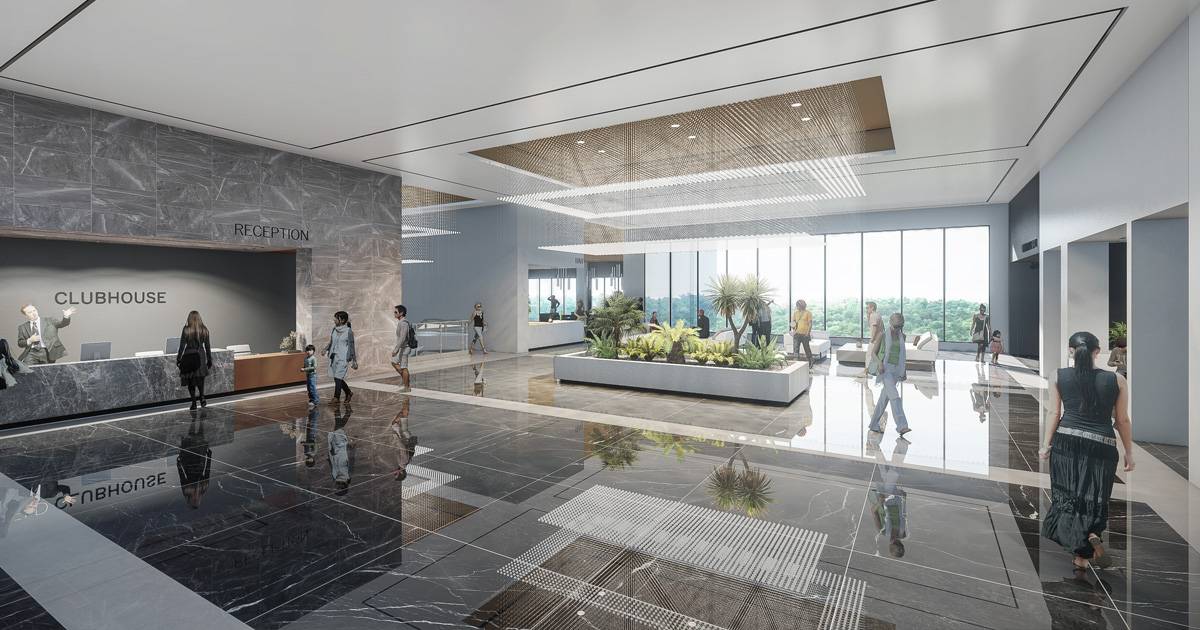The hotel star rating system is one of the primary methods for assessing and ranking hotels. Most of the time, the market looks into a hotel’s classification before deciding whether to book an overnight. And hotel owners are often advised to stick to their star rating. However, hospitality organizations do not create equal star ratings, a flaw in this theory. For example, a four-star hotel in Europe provides a vastly different experience than a four-star hotel in the United States, which poses a challenge for hoteliers attempting to attract discriminating clients. Instantaneously, star ratings may influence purchasing choices. One more star speaks volumes about your brand’s quality, luxury, and customer service. Some guests will not stay in a hotel with fewer than five stars.

How can a hotel enhance its star rating when various measures, factors, and gradations decide on a review? Certain similarities across hotel star rating systems might assist operators in choosing where to concentrate their efforts. Start with this article to understand how a hotel’s star rating is determined and how modest property changes may significantly influence the total star rating. How can a system that often involves assigning a property a star rating of one to five be confusing? Travel-oriented websites, locations, and hotels do not employ a uniform scoring system, which perplexes the star rating system for hotels. There may be differing star ratings for the same property in various publications.
What do hotel star ratings mean?
Hotel stars are a grading system that evaluates a hotel’s amenities and services to help clients select the hotel that best meets their demands and budget. Whether a customer is looking for a place to sleep or a comfortable experience, comparing hotels based on their star ratings helps narrow the search based on the required features and price ranges. Additionally, they represent the expected level of service upon arrival.

One-star accommodations are the most basic, while five-star accommodations are the most luxurious. There is no uniform hotel star grading system, though. Consequently, a hotel’s ranking may vary based on service, recognition, reviews, consistency, and location.
The Hotel Star Rating System In The Philippines
The Five Star Grading System is a new set of certification norms and requirements for hotels, resorts, and apartment hotels developed by the Philippine Department of Tourism (DOT). Newly published National Accommodations Standards include the new Philippine Hotel Rating System. The agency amended the 1992 requirements to be on pace with neighboring Southeast Asian nations.
The new certification set complies with the 2009 Tourism Act, also known as Republic Act 9593. This new hotel rating system will depend on the number of audited points gained by each property. In contrast to the previous DOT guidelines, which classified hotels as deluxe, first-class, standard, and economy, the new hotel rating system uses stars.
Each hotel may get a maximum of five stars, or one thousand points.
1 star hotel is worth between 250 and 400 points.
2 star hotel is worth between 401 and 550 points.
3 star hotel is worth between 551 and 700 points.
4 star hotel is worth between 701 and 850 points.
5 star hotel is worth between 851 and 1,000 points.
In the new Philippine Hotel Rating System, auditors will concentrate on the inventory, availability, condition, quality, usability, and overall service of specific facilities. Hotels get star points based on location, resort status, and apartment hotel type. One criterion is restrooms with hot and cold showers that can begin heating in 20 seconds or less.

What to expect in a hotel with a one-star Rating
A one-star hotel rating provides only the most basic amenities, such as a bed and a bathroom, for a night’s stay. You can anticipate modest amenities and service from the personnel. There may or may not be a television or telephone in the rooms.
Typically, one-star hotels are independently owned and not affiliated with a commercial chain. Most one-star hotels are near restaurants and quick-food establishments but offer just vending machines for on-site dining. Additionally, they have reduced reception desk hours and housekeeping services.
Amenities
- Limited bed and bathroom
- Vending machine in lobby or hallway
Benefits
- Comfortable room and bed
- Cost-effective
- Provide for basic needs
What to expect in a hotel with two stars
Each room has a bed, bathroom, television, telephone, and closet. There may also be a 24-hour front desk, daily housekeeping, and self-service dining options, such as a continental breakfast.
Two-star hotels are typically affiliated with a larger chain and located in various locales. These hotels are designed for transitory guests and will be placed off significant interstate exits. They may also provide loyalty programs with reward points for frequent travelers.
Amenities
- 24-hour reception desk
- Billed Wi-Fi
- Closets or racks for clothes
- Daily housekeeping services
- In-room television and phone
- Self-serving food and snacks
Benefits
- In-room television and phone
- Clothing racks or closet
- Self-serve dining and snacks
- Daily housekeeping
- 24-hour reception desk
- Billed Wi-Fi
What to expect in a hotel with three stars
A three-star hotel provides a blend of cost and facilities. They are the mid-range alternative to elite hotel brands, emphasizing style and comfort. Three-star hotels may not be ultra-luxurious, but guests can expect their essential needs to be met along with additional amenities to enhance their stay.
Typical room amenities include a couch or comfortable chair, a desk, a wardrobe, a phone, an alarm clock, and a flat-screen television with an extensive cable package. These hotels may provide complimentary Wi-Fi, a fitness center, a swimming pool, and breakfast services.
Amenities
- Business services
- Closet and dresser
- Couch or comfy lounge chairs
- Desk
- Fitness Center
- A flat-screen TV with cable
- In-room toiletries
- Phone and alarm clock
- Pool
- Shower with bathtub
- Spacious rooms
Benefits
- Convenient access to tourist sites
- Elegant and spacious rooms
- Exercise facilities, including a pool and a gym
- Quality service at moderate rates
What to expect in a hotel with four stars
A four-star hotel is an elite establishment that offers facilities, activities, and extras to make multi-night stays memorable. These facilities are frequently huge and situated in tourist-heavy areas, such as near beaches or significant metropolitan centers — packed with receptionists, valets, concierges, housekeeping personnel, and culinary staff.
With king-sized soft beds and luxurious hotel furnishings, the rooms at 4-star hotels are roomy and pleasant. In addition to a desk and high-end furnishings, these may include a safe, bathrobes, and slippers. Most rooms will feature giant flat-screen televisions, with movie rentals offered in the room or hotel lobby. A four-star hotel may be guarded and have various buildings on the property, including a golf-cart service between essential nodes.
Other amenities include indoor and outdoor pools, spas, tennis and basketball courts, instructor-led gym programs, movie evenings, and live music.
Amenities
- Basketball and tennis courts
- Gym and fitness centers
- Hot tubs
- Indoor and outdoor pools
- Large beds with high-quality bedding
- On-site activities like exercise classes, live music, and music nights
- On-site restaurants
- On-site room service
- Room safe
- Shower with a separate whirlpool tub
- Spacious rooms
- Spas
- Staff services like bellhops, concierge, and valet parking
Benefits
- A premium experience
- Staff availability
- Ideal location for resting and relaxing
- Flexible options for food and entertainment
What to expect in a hotel with five stars
A five-star hotel offers a premium experience and upscale rooms. Due to their exquisite services, five-star hotels are among the most wealthy hospitality establishments in the world. There may be a personal butler, doorman, designated concierge, 24-hour room service, valet parking, spas with skilled masseuses, gyms with personal trainers, live entertainment, and child care.
Architecturally speaking, five-star hotels feature extravagant designs with cutting-edge amenities. The hotel architecture and rooms are often themed and significantly influenced by a particular architectural style, with interior designers creating opulent lobbies and rooms. Each expansive suite may include a separate living area, patio, kitchenette, and minibar. In-room amenities include a jacuzzi tub, luxury bathrobes, and upscale toiletries.
For their enjoyment, guests can pick from various heated pools, hot tubs, saunas, steam rooms, dance halls, golf courses, and game rooms. These areas may also have a selection of gourmet restaurants and bars with Michelin-starred chefs. Five-star hotels pride themselves on their attention to detail, customizing guests’ experience with bespoke meals and specific room requests.
Amenities
- High-quality rooms with kitchens, living rooms, and patios
- In-room Jacuzzi tub
- Designer bathrobes and other linens
- Golf courses
- All-around wellness and spa services with facials, massage, as well as nail and hair pampering
- Hot tubs, pools, saunas, and steam rooms
- Options for fitness centers and gym coaches
- Premium staff services such as butler, child care, doorman, personal concierge, and valet
- On-site bars and gourmet restaurants
- Other entertainment options
Benefits
- A luxurious and elegant experience
- Full-time services and pampering
- Guest demands immediately called for
- Highest standards for relaxation and comfort
How about seven-star hotels?
In recent years, among the most notable hotel marketing methods has entailed advertising famous or exceptional establishments as seven-star hotels.
For example, Dubai’s Burj Al Arab hotel has a seven-star rating based on its Rolls Royce shuttle service, a butler in every room, and distinctive architecture, among other features. Likewise, the Emirates Palace in Abu Dhabi also boasts a seven-star rating. However, a seven-star rating is usually a marketing strategy since no major journal or credible hotel rating organization evaluates hotels on a scale of up to seven stars.
Alternative guidelines on what to expect in a hotel
While the hotel star ratings outlined above can help prepare guests for what to expect from a hotel designed by an architect, a guest can do a few more things to better understand. Contacting the hotel before booking a room is one of the wisest things to do. The way the attendant answers the call and treats the query strongly indicates the quality of service a client will receive.
Additionally, it would be best to check several online reviews to see what actual hotel guests have to say about their experiences. This approach reinforces the right balance between the technical star and previous customer ratings and becomes more significant than any other criteria.
